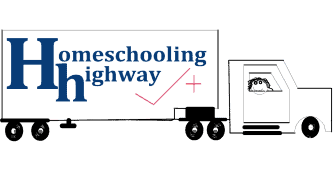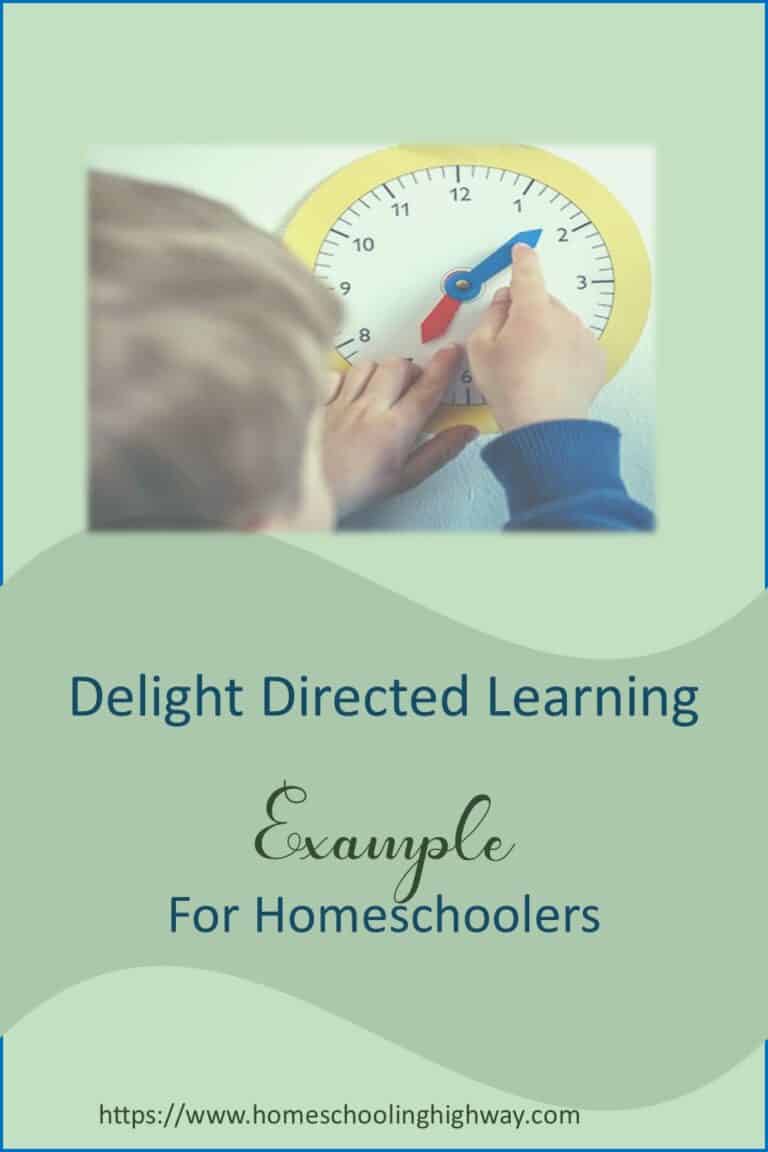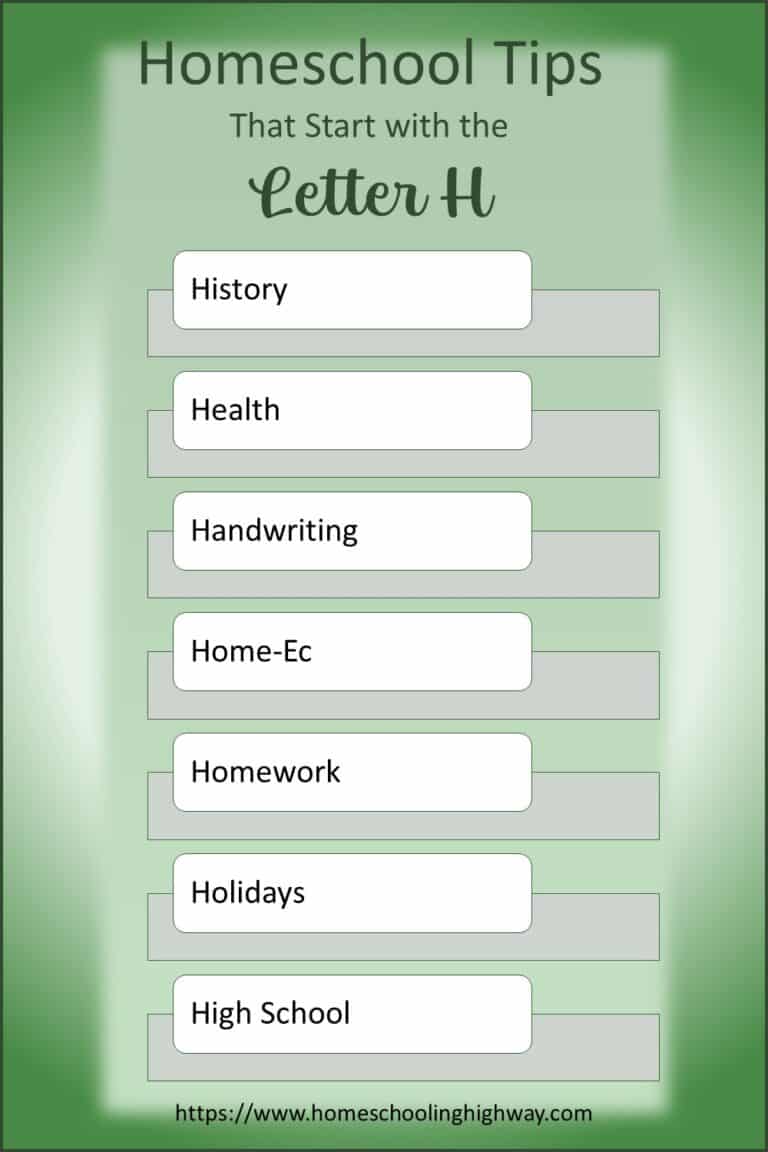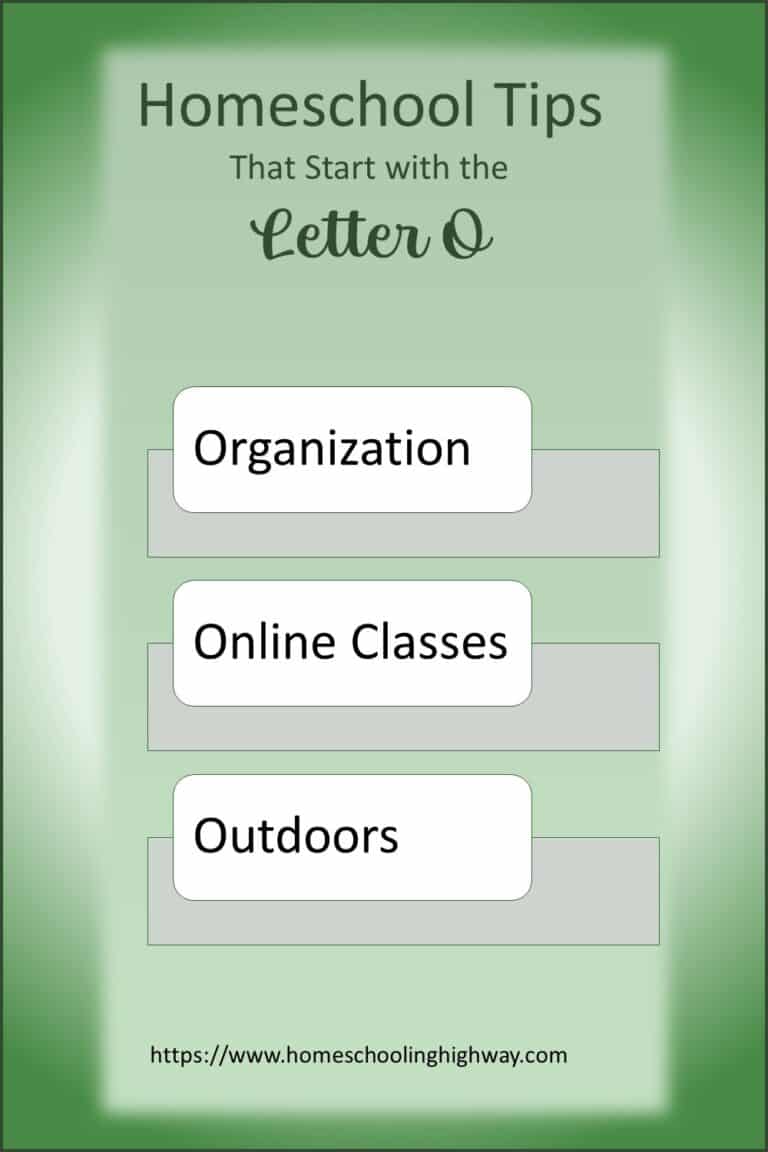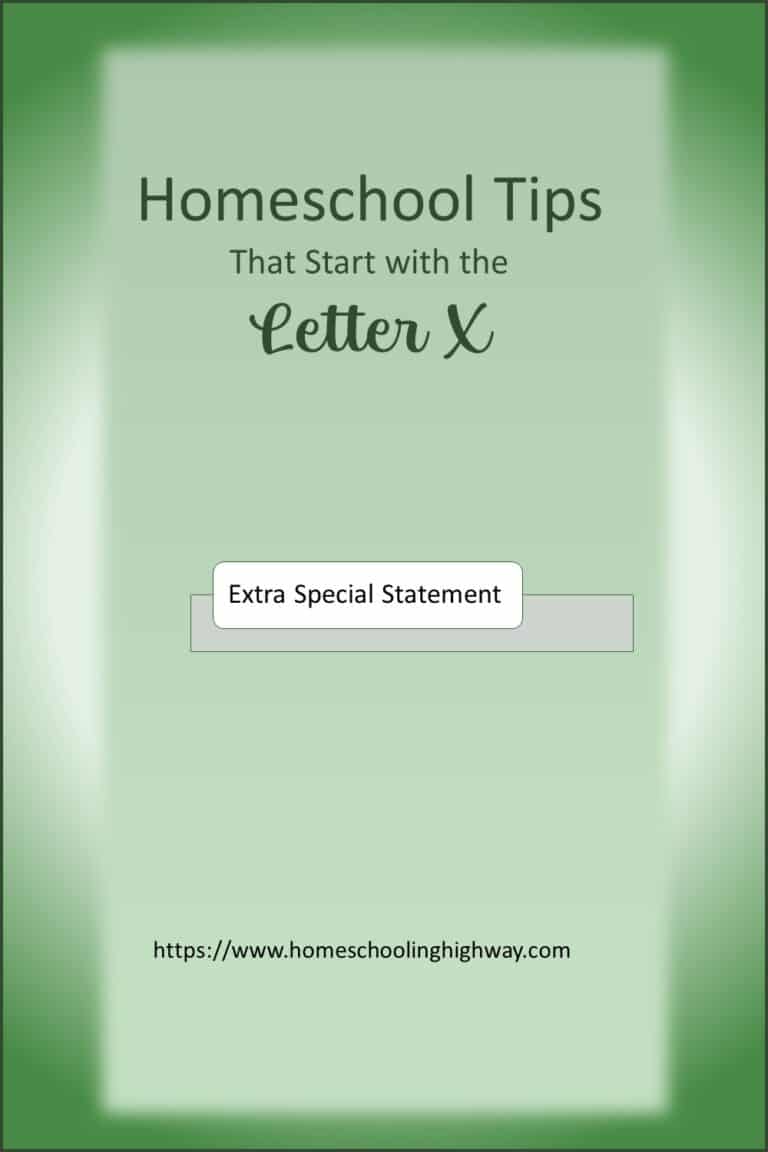
Hi Friend,
Welcome to our Letter “S” Homeschooling Tips.
This post contains affiliate links. You will not pay more, but I will receive a small commission, which helps keep gas in the truck.
Homeschooling Tip #1: Schoolroom
One of the nice things about homeschooling is that your schoolroom can be anywhere, outside or inside.
Outside
So much learning can take place outside and it’s so much fun too. Take a look at my Letter O post for lots of outside learning ideas.
Kitchen Table
Inside your home, you can make any room or small space into a schoolroom. I used the kitchen table for a while, but when it comes time to eating lunch or dinner, just watch out for spilled drinks.
Small Desk
If you have a small school desk, you can easily place that into any small corner or against a wall.
Comfy Couch
The couch is also great for read-aloud time, Bible stories, and watching school themed videos. If you have a portable lap desk, any writing activity can be done directly on that.
A few years ago, my husband was able to get a 12-person meeting table from his work that they were going to throw away.

Special Room
By golly, he grabbed it up really quick, and I’m so glad he did. When all of my kids were still “in school” we could easily sit there, in the basement, and spread out.
We could also leave our experiments, school supplies and art projects lay out without any problems.
Split a Room
When my first two kids were in the elementary grades, I used our entire basement. I converted every corner into a different subject station. Each corner had its own posters on the wall, supplemental and hands-on activity supplies, file folder games, teacher’s book, student’s work, a table and two chairs.
One child could be at one subject station playing file folder games or doing independent work, while I would be working with the other child, one-on-one, on the other side of the basement.
I could easily keep track of both of them, since we were in the same room, but there was still enough distance apart where we weren’t interrupting each other.
All it takes is some trial and error. Every year will be different depending on the ages and needs of your children.
There are some basics to keep in mind when setting up your schoolroom or school place. Try to find a location with few interruptions and plenty of lighting.
Homeschool Tip #2: School Supplies
There’s a zillion different school supplies that you can purchase. With more and more publishers making their content downloadable and printable, you will want to have a quality computer and printer. Of course with that, you’ll need paper, ink and maybe even an extension cord or powerstrip.
When we talk about school supplies, most of the time we think of what the kids need for school. That’s all fine and good, but let’s not forget the teacher!
I think it’s really fun getting ready for school too. Organizing my school/home/work binder always makes me smile. I like to keep my answer keys in one place along with a calendar listing events that are going on during the year, and I mark on there the milestones for what lesson/unit/chapter that we should be at during different parts of the year.
If your kids enjoy stickers, ink stampers, awards, ribbons, bookmarks or certificates, then you will want to keep a good supply of these items on hand.
I enjoy using different color pens, sharpie markers and highlighters too. It helps make my calendar pretty, along with different styles of washi tape and my own personal little to-do and encouragement stickers.
Sticky-notes, sticky-notes and more sticky-notes! I use a lot of these during the school year, especially if I need to write a note about a particular assignment. I’ll place that sticky-note directly on that child’s assignment page. Due dates, tips, encouragement, jokes or even a smiley face can be written on these notes and placed where your child will find them throughout the day or week.
Keeping a journal is not just for kids. The beginning of the school year is a great time to find journals on sale. Some of them have encouraging tips or Bible verses that help you on the tougher days.
Homeschooling Tip #3: Schedules
We have had a different school schedule every school year. With the kids getting older and more involved in extra-curricular activities, having a schedule can really help keep your sanity.
My husband and I discuss the upcoming week, every weekend. It’s nice to be on the same page before the week even starts.
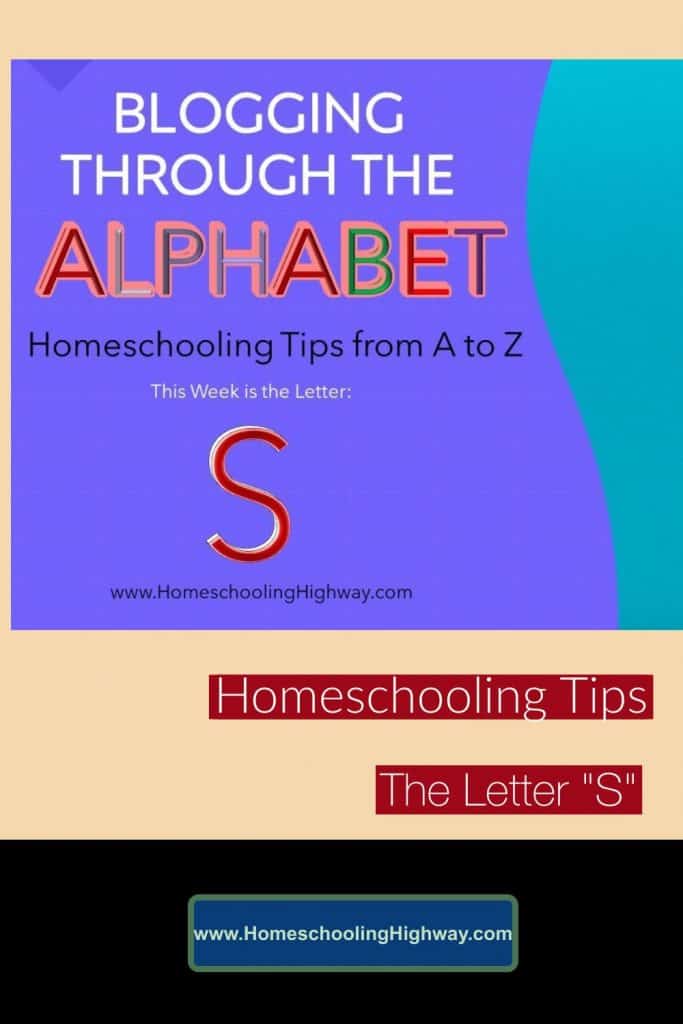
What sports games or practices do we need to attend, drop off to or pick up from?
Who is driving who where and when?
With church activities, sports and after school jobs, things can get a little bit busy!
If your kids are not into too many extra things right now, that’s ok. Having a schedule is still beneficial. It doesn’t have to be set to certain minutes of the day, but at the very least, a routine is helpful.
Homeschooling Tip #4: Struggling Learners
If you read my Homeschool Tips – Letter R post, then you know that my son struggled with reading when he was young.
Sometimes it just takes some kids a little longer to grasp things, and that’s ok. Remember to provide lots of encouragement and praise. Take small steps and try not to get stressed.
Reach out to others and ask them for ideas, and if you feel like your child needs to be seen by a specialist, then get that scheduled. You are not a failure if your child needs a little bit of expert help.
Homeschooling Tip # 5: Science and Social Studies
As you know, I’m a big fan of SchoolhouseTeachers.com. I partner with them to tell others about their membership site. One fee for the entire family. They have over 450 different classes and courses. To see their list of Science and Social Studies classes, just click on the underlined words above.
SchoolhouseTeachers.com
A World of Animals
Advanced Chemistry
All About Animals
Anatomy & Physiology
Animal Science
Botany
Charlotte Mason Preschool
Chemistry: All Things Matter
Chemistry Help
Creation, Nature, and You
Curious Science
Daily Discoveries
Dinosaurs and the Bible
Discovering Disgusting Creatures
Earth Science
Everyday Astronomy
Experiencing Weather
Exploring God’s World with Fifth Grade Science
Exploring God’s World with First Grade Science
Exploring God’s World with Fourth Grade Science
Exploring God’s World with Kindergarten Science
Exploring God’s World with Sixth Grade Science
Exploring God’s World with Third Grade Science
Friendly Anatomy
Friendly Chemistry
Fun with Gravity and Climate
Fun with Science
General Biology by Core Academy
Geology
God’s Beautiful Creatures
Having Fun with Kindergarten Science
Introduction to Life Science
Introduction to Physical Science
Lapbooking Through Science
Let’s Do Science Outside
Life Science
Marine Biology
Nature/Outdoors
Physical Science
Physics (Introduction to Physics: Middle School)
Physics (High School)
Red Wagon Biology for High School
Red Wagon Chemistry for High School
Red Wagon General Science for Middle School
Red Wagon Human Body for High School
Red Wagon Marine Biology for High School
Red Wagon Physical Science for Middle School
Red Wagon Physics for High School
Science All Around Us
Science Experiments with Jason Lindsey
Science Experiments with World Book
Science of Our Planet
Scientists A–Z
Small World Sensory Science
Tinkers’ Club
Weird and Wonderful World of Worms
Wonderful World of Bugs
Wondrous Weather
- All About Careers
- American Government
- Ancient Citizens in Ancient Civilizations
- Checks and Balances
- Constitution and Bill of Rights
- Discovering American Folktales
- Elementary Economics for First Grade
- Elementary Economics for Second Grade
- Elementary Economics for Third Grade
- Elementary Economics for Fourth Grade: Global Economics
- Elementary Economics for Fifth Grade: Interdependent Economics
- Elementary Economics for Sixth Grade: Currency and Its Impact
- Exploring Citizenship in First Grade
- Exploring Social Studies for Beginners
- Foods and Food Production
- Free Market Economics
- Free Men and Free Markets: Government and Economics
- Globally Connected: High School Social Studies
- Growing in Citizenship in Second Grade
- Kindergarten Social Studies
- Learning About World Cultures
- Mock Trial
- Rights of Citizens for Third Graders
- Rights of Citizens for Fourth Graders
- Seven Principles of Liberty: Government from a Christian Perspective
- Stepping Through History: Starting with You
- Stories of Great Americans for Little Americans
- Strengthening Behavioral and Social Skills
- Western Hemisphere Social Studies
- Who Are Community Helpers?
Virtual Science Labs
Being part of the Homeschool Review Crew, I had the privilege to use and review Greg Landry’s Virtual Biology Labs. If you would like to read my review, just click on the colored words above.
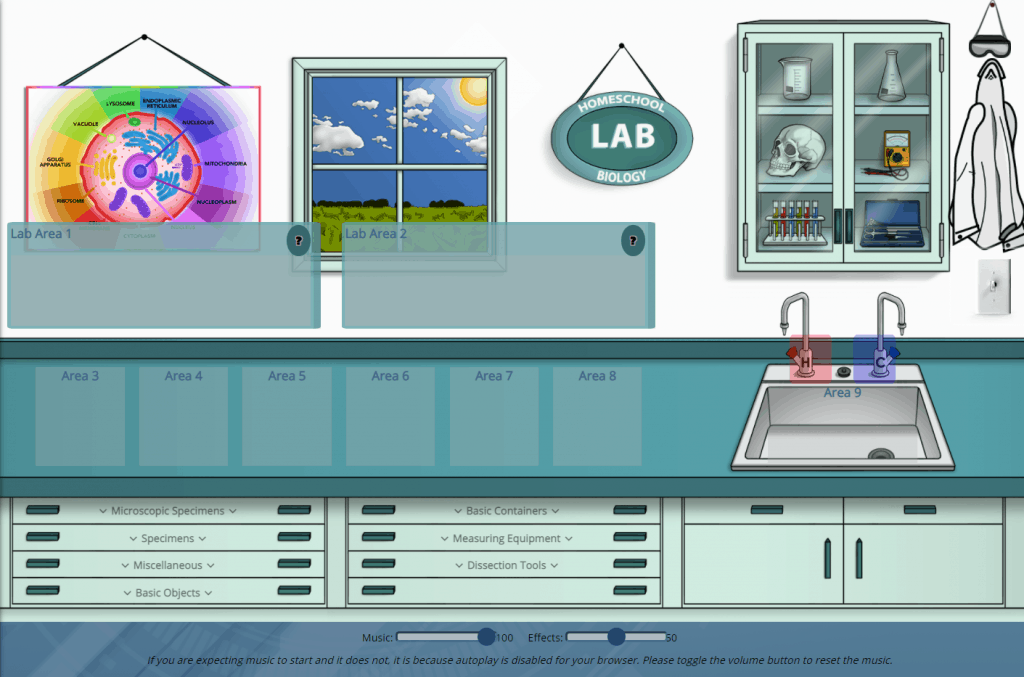
Principles and Precepts of Government
If you need a high school government class, then you may want to read my review on Principles and Precepts of Government.
My daughter is going to finish this course this coming school year.

Homeschooling Tip #6: Steps to Start Homeschooling
With viruses, mask mandates and questionable public school curriculum, more and more families are beginning to homeschool their children.
If you are considering homeschooling, here are some tips to get you started. I have more information, also, in my Homeschooling Basics post.
Step One: State Homeschool Laws
Each state in the USA, has its own homeschooling laws. These laws will tell you when you have to notify the Board of Education of your homeschooling intentions, if you need to have any type of oversight, and/or any type of paperwork that you may need to keep track of.
Each state’s Board of Education can give you a link to look at the homeschooling laws, or Homeschool Legal Defense Association can help you out with your state’s information.
Step Two: Make Your Homeschool Legal
Once you know your state’s requirements, it’s up to you to get the required paperwork into the Board of Education, and find any needed oversight group.
Your state’s Board of Education can give you a list of state approved oversight groups that you can look into.
Sometimes, these oversight groups are part of churches. You may have to be a member there or pay a fee to be part of their group. They will send you their information on their policies, of what they do for you, and what you need to do for them.
Step Three: Research and Order Curriculum
I have a post on things to consider when you are looking to purchase curriculum. The post is called Homeschool Curriculum: Choose with Confidence.
Also, I discussed this in my Homeschool tips – Letter C post.
Step Four: Prepare
When you get access to your curriculum, either physical or digital, you’ll need to read the parent information.
This will tell you how the curriculum is designed, how many days per week that your child needs to do assignments, any extra supplies that are needed, book lists that may need to be purchased or borrowed from the library, etc.
Just grab yourself a piece of paper and read this information and take notes.
Once you’ve looked over all your subjects, you can come up with a plan of action.
What subject do you want to start with in your school day?
How many days in the week is this subject going to be worked on?
How long will this subject take to do every day?
Will I have to go back and check on work?
When will my “checking” time be?
When will our first day of school be?
When is the last day of the school year supposed to be?
What time will our school day start each day?
When will it end?
When will the house get cleaned?
When will I prepare dinner?
What can my kids help me with?
Step Five: Put Your Plan into Action
When you’re ready for your first day, go ahead and get started. You don’t have to plan the entire you if it is too overwhelming.
Just take one day at a time, and see how it goes. You can tweak things and see what works best.
Do you have any other homeschool tips that start with the letter S? If so, leave them in the comment section below.
If you would like to read any other homeschool bloggers and their blogging through the alphabet “S” posts, just click on one of the links below.
Also, if you have a “S” post that you would like to link up, you can do that too!

Desiree at Our Homeschool Notebook
Chareen at Every Bed of Roses
If you missed any of the Letter R posts from these wonderful homeschool bloggers, just click on the article that you missed!
R is for Race Car: Lego ABC’s by Desiree at Our Homeschool Notebook
Discovering the “R” Rabbits of the World by Annette at At Home Pets
R is for Rummikub by Desiree at Our Homeschool Notebook
Read Aloud in Your Homeschool by Chareen at Every Bed of Roses
Respigi, Rimsky-Korsakov, Rachmaninoff, Ravel: Composer ABC’s by Lori at At Home: Where Life Happens
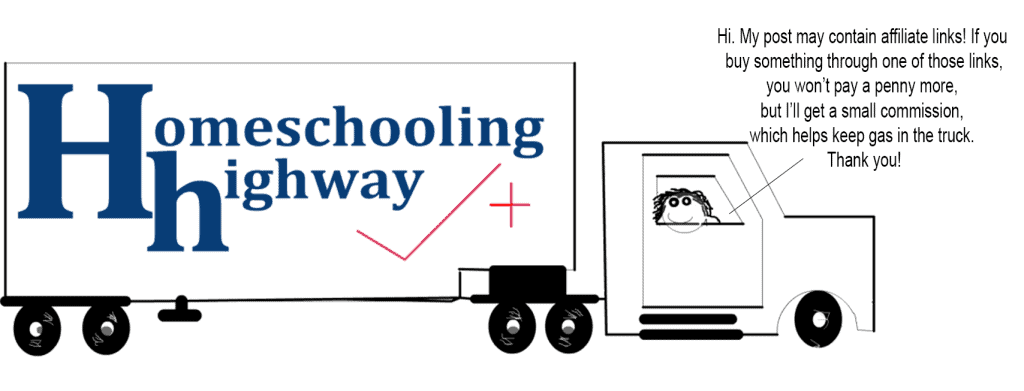
If you would like to read more Homeschooling Tips from A to Z, just click on the alphabet letter below.
Homeschool Tips – A
Homeschool Tips – B
Homeschool Tips – C
Homeschool Tips – D
Homeschool Tips – E
Homeschool Tips – F
Homeschool Tips – G
Homeschool Tips – H
Homeschool Tips – I
Homeschool Tips – J
Homeschool Tips – K
Homeschool Tips – L
Homeschool Tips – M
